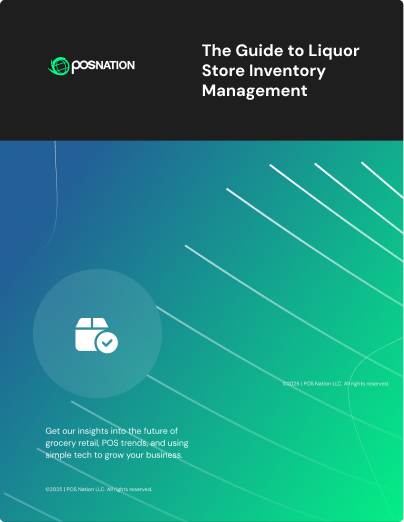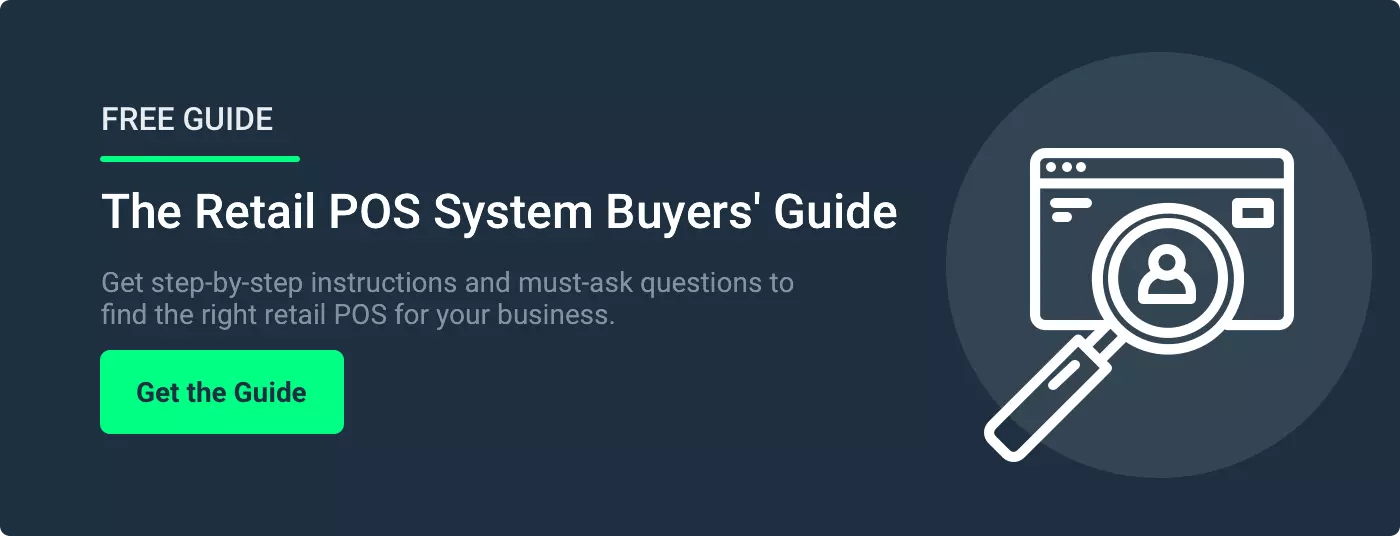Modern customers have more options than ever. If your retail store consistently runs out of stock of the best-selling items your customers want, why would they keep coming back?
Running low on stock is inevitable — and certainly better than the alternative of letting stock gather dust on your shelves. Still, a stockout has far-reaching implications on everything from customer satisfaction to supply chain efficiency.
Calculating safety stock will help your business keep adequate inventory on top sellers, ensuring supply chain efficiency, revenue stability, and customer satisfaction.
But how can you get started managing safety stock for your store?
In this blog, we’ll explain what safety stock is, how to calculate it, and more. Let’s get started!
What Is Safety Stock? A Definition
Safety stock is the buffer or surplus inventory retail stores keep to mitigate the risk of a stockout due to variability in demand or supply. Keeping a close eye on your KPIs and sales numbers to keep enough safety stock on hand will keep customers happy and prevent lost sales.
Pro tip: A POS system with real-time inventory management tools can continually track inventory. You’ll be alerted when items need replenishment. You can also use a more advanced tool, like POS Nation, capable of automatic purchase orders to further simplify this process. You can also use forecasting tools to align inventory with customer demand. Set stockout reduction targets and monitor progress over time to optimize operations.
Benefits of Keeping Safety Stock
The opposite of keeping safety stock is a stockout, which is arguably worse than having enough items on hand. The benefits of keeping safety stock outweigh the cons of having extra stock in your warehouse.
With safety stock, you can:
- Offset demand uncertainty
- Eliminate stockouts
- Compensate forecast discrepancies
- Improve efficiency
- Minimize supply disruptions
- Prevent rushed shipping
- Delight customers
- Maintain positive supplier/buyer relationships
However, there’s a fine line between safety stock and dead stock that you need to keep in mind. If you order too much safety stock, you run the risk of it devolving into dead stock when demand drops. Dead stock is items that won’t sell now or in the future because they are expired, obsolete, out of season, or low quality.
Real-time inventory management tools can help you order the right amount based on demand forecasting.
Formula for Calculating Safety Stock
If you want to manage safety stock, you need to know how to calculate it. The basic formula for calculating safety stock is:
(Maximum Daily Usage x Maximum Lead Time) - (Average Daily Usage x Average Lead Time)
Let’s say you sell an average of 15 sweaters per day, and your lead time is roughly 20 days. However, during peak periods, you sell up to 25 products per day, and delays in inventory shipment mean it takes up to 23 days for products to arrive at your warehouse. Using the formula above, your safety stock is 275 sweaters.
For small businesses, determining the average lead time can be tricky because it often varies. To calculate your average, look back at past lead times and play around with similar numbers in the equation.
If you’re looking for a ballpark safety stock figure, multiply the number of products sold per day by the number of days' worth of safety stock necessary. For example, if you sell 300 sweaters per day and you want seven days’ worth of safety stock, multiply 300 by 7 to get 2,100 sweaters.
Note: this equation does not consider lead time or demand.
Strategies To Minimize Safety Stock
As mentioned above, too much safety stock can lead to dead stock. Here are a few ways to minimize your safety stock but still have enough when the product is in demand.
- Demand forecasting: Accurate demand forecasting reduces uncertainty and minimizes the need for excessive safety stock.
- Supplier collaboration: Establish strong relationships with suppliers to minimize lead times and the risk of stockouts.
- Just-in-time (JIT) inventory management: Implement JIT principles to optimize inventory levels and reduce the need for safety stock. JIT inventory management is the process of ordering and receiving stock only as it’s needed to meet immediate demand.
- Safety lead time: Create a buffer in lead times to account for variability in supplier delivery times or production delays.
- Inventory optimization tools: Automated inventory management software reduces human errors and keeps inventory as up to date and accurate as possible. With transaction and sales data available in real time, there’s no need for manual tracking and data entry.
Keep Safety Stock Inventory With POS Nation
A modern point of sale (POS) system with real-time inventory management tools can track inventory in perpetuity. With POS Nation, you can set alerts when items need to be refilled and use forecasting tools to align inventory with customer demand. Setting stockout reduction targets and monitoring progress over time will optimize operations.
Some of POS Nation’s key features include:
- Plug-and-play software: Choose from one of our pre-built systems or create your own.
- Customizable features: Get the features and reports you need, and none of the expensive bells and whistles you don’t.
- Dedicated customer support: We’re here to support you 24/7.
- Detailed inventory management reports: Get 55 pre-built reports vital to retail success right out of the box.
- Streamlined inventory management: Take the guesswork and manual input out of inventory counts with an automated tool.
Related Reading: Why Is Tracking Inventory Important for Your Grocery Store? 5 Insights You Can't Afford to Miss
Managing Safety Stock and Your Inventory
When you always stock the items your customers need, they’ll keep coming back for more. Understanding safety stock and how to calculate it is a crucial piece of this transaction. Even calculating ballpark numbers will provide a safety net for your next order.
Add a POS system with built-in inventory management features, and you’ll get way more than an alert when your stock is low. You can count on reports, 24/7 service, customizable features, and so much more.
POS Nation collaborates with thousands of retailers, offering POS solutions designed to streamline and simplify inventory management. Our software offers top-tier inventory tools right out of the box, empowering you with robust reporting capabilities to facilitate informed, data-driven decision-making.
Schedule a demo today to learn more about how POS Nation can help your business thrive.







 by Brian Sullivan
by Brian Sullivan



 by Cort Ouzts
by Cort Ouzts